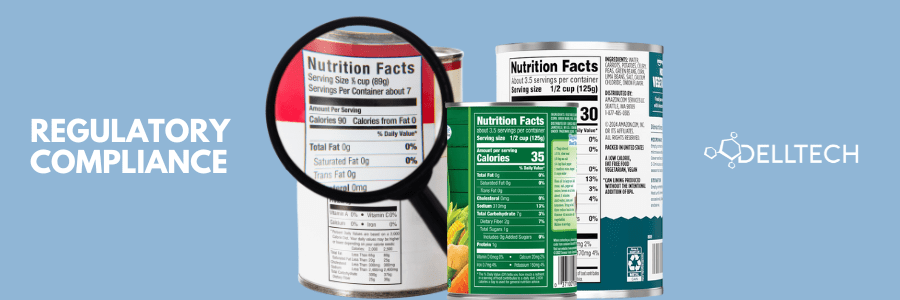By: Kirsten Alcock, Manager of Product Safety, email
The Canadian Consumer Chemicals and Containers Regulations, 2001, contains the regulations that we must follow when classifying many non-registered products for the Canadian market. There are many requirements for CCCR 2001 consumer labels in Canada that differ from those within the US.
Today I am going to concentrate on some flammability requirements. It is important to note that Canada and the United States are very different in their requirements when it comes to flammability for consumer products.
Canada has the following categories for flammability:
- Spontaneously Combustible
- Very Flammable
- Flammable
- Combustible
Depending on the category you receive in Canada, you may actually be prohibited for sale to consumers. This happens quite frequently with aerosols. Just because something is sold to a workplace environment, doesn’t mean it can be sold to the consumer realm in Canada. It is important that you determine this ahead of time.
I would like to direct you to a blog about how to choose the right test for aerosol product flammability that one of my colleagues wrote regarding this matter. Make sure you are performing the appropriate test.
Some of the criteria for flammability for US products can be found here:
One difference I wanted to point out that may not be obvious is the different flashpoint cut-offs for combustibility between our two countries. In Canada, we cut off at 60.0°C whereas, in the United States, the term combustible refers to products with a flashpoint up to and including 65.6°C. In this case, if your product had a flashpoint of 62°C, it would not be considered combustible for Canada but would be considered combustible for the US.
As I’ve repeatedly advised in blogs, it is important to note that the regulations are very different for the US versus Canada. Ensure you know the regulations for the country you want to sell to. If you do not, contact us! We’ll guide you through the process.
If you are having difficulty determining the requirements for your compliant consumer CCCR 2001 label in Canada and would like our help, do not hesitate to contact us. We have been classifying products for consumer regulations for more than 40 years and have the expertise in-house to help you keep your product compliant with the current regulations as they stand today.
Contact:
Dell Tech
Kirsten Alcock, B.Sc. (Hons)
Manager, Product Safety Group
519-858-5074
kirsten@delltech.com
Dell Tech has provided professional, confidential consulting services to the chemical specialty
industry in Canada, the USA, Europe, and Asia for the last 40 years.
Contact us today for more information.







